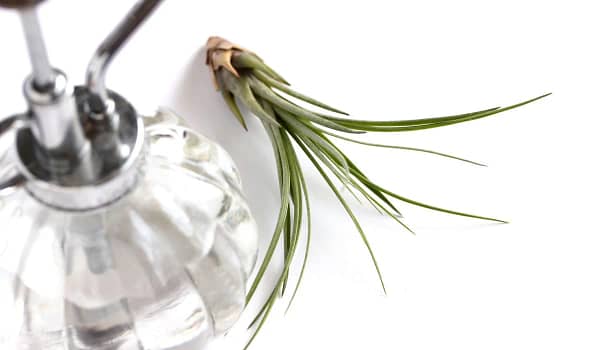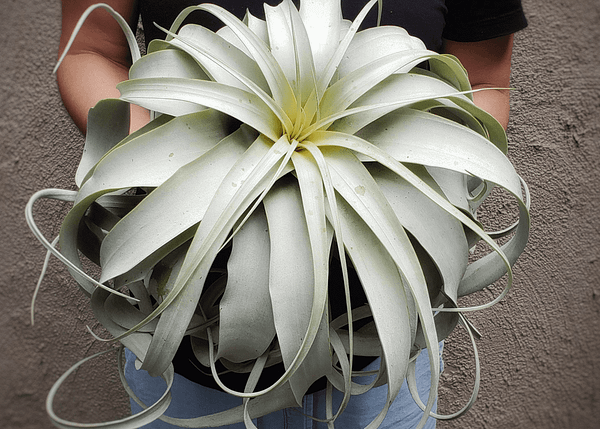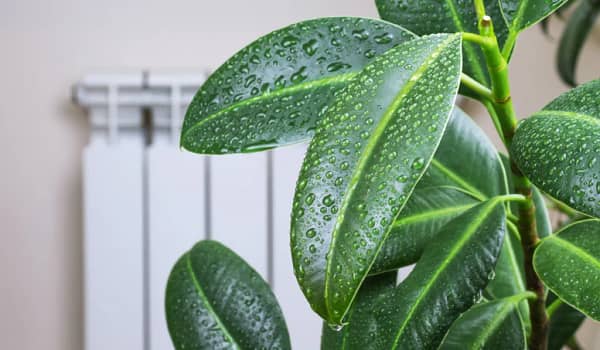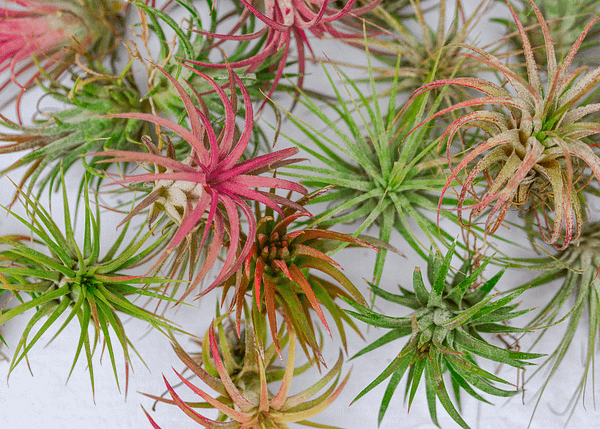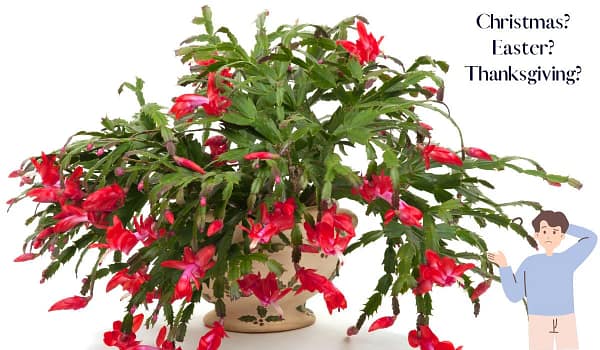All About White Dalmatian Aglaonema Care

Chinese Evergreen, Philippine Evergreen
White Dalmatian Aglaonemas are extremely popular houseplants due to their versatility and ease of care. The White Dalmatian cultivator has long, oval-shaped leaves with splashes of green and white. It is one of many varieties of Aglaonema with colorful, variegated leaves.
In Asia, Aglaonemas, commonly known as Chinese Evergreens, have been kept for centuries as luck-bringing houseplants. Their compact, bushy growth makes them perfect for home environments. They can even bloom! Aglaonemas have small inflorescence that looks similar to the peace lily flower.
Aglaonemas are favored not only for their beautiful foliage, but also for their ability to clean the air and remove pollutants. They were shown to remove benzene and formaldehyde in NASA’s Clean Air Study.

How To Care for White Dalmatian Aglaonema
Aglaonemas originate from the forest floors of South East Asia. They love the shade, moisture, and humidity. Mine are happiest sitting under an oak tree in my little garden, during the hot muggy summers of the Southern USA. At least someone is happy out there, right?
The White Dalmatian Aglaonema needs more light than other cultivators. It’s high variegation prevents it from photosynthesizing as well as its green siblings. I find an east-facing window does best, as the morning light is very bright but less intense. The direct summer sun will burn the leaves but a dark corner will cause their health to decline.
You can pot them up an inch or two once the roots start growing out of the bottom of the pot. Aglaonemas have very thick roots and will likely need potting up or dividing every year.
Read on to learn more about caring for White Dalmatian Aglaonema ……

USDA Zone 11-12

The White Dalmatian Aglaonema likes to dry out between waterings. It’s best to water when the top 1-2 inches of soil is dry. If you are unsure, stick your finger in the soil. They will deflate a bit if they get too dry, and too much water can cause root rot.

These are medium plants growing to around 2 feet wide. They can be kept compact and full by pruning every couple of years. Read on to learn how.

They prefer bright, indirect light but can grow well in medium-light situations. They will survive in low light, but not thrive. Aglaonemas love the morning sun as long because it’s not too intense. Remember this rule: if you are going to burn, your plant is going to burn.

Use a well-draining potting mix. Aglaonema does well in a variety of soils and prefers slightly acidic.

Aglaonemas tolerate low humidity very well but thrive in high levels. Give them 50% or higher humidity levels for optimal growth.

White Dalmatian Aglaonema is toxic to children, cats, and dogs. Find pet-safe plants here.

Fertilize every three months during the growing season with Green Grub Insect Frass. You can either make a compost tea to water with every time or sprinkle a layer of fertilizer on top of the soil. If using synthetic, use an all-purpose houseplant fertilizer with a balanced ratio.

Propagate by stem cuttings and division. Read on for propagation instructions.

How to Propagate White Dalmatian Aglaonema
Propagating Aglaonemas is easy and encourages bushier growth! It’s best to wait until the spring. These plants need plenty of time to recover from pruning and develop new growth.
Division
1. This is easily done while repotting your plant and allows the current pot size to be maintained. Instead of potting up, you divide the plant into 2-3 sections. Once you have the rootball out of the pot, use a sharp knife to cut individual offsets away from the main plant. Make sure to get enough roots to support the new offset.
2. Likewise you can also loosen the rootball with your fingers and gently separate the offset from the main plant.
3. Plant your new offset into a rooting medium, keep moist and wait for the plant to establish.
4. Once your offset is established and growing well, repot the offset into a pot that is 1 inch larger than the rootball and enjoy your new plant!
Stem Cuttings
1. Take cuttings of healthy stems that have 3-4 leaves. I prefer each stem to be 3-4 inches tall.
2. Plant the stem(s) into a rooting medium and keep the medium moist, not wet. You may also use a clear jar of water for water rooting.
3. Cover with a clear plastic or glass dome so the leaves do not dry out. Seed starting kits and propagation boxes work well for this.
4. Place your cuttings or prop box in a warm area with bright indirect light and keep medium moist, not wet.
5. Wait for new growth. Once you have a thriving plant, repot, and slowly acclimate to a less humid environment.





